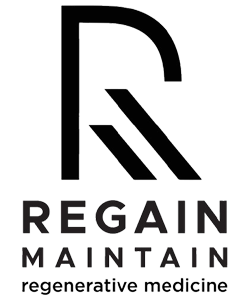Findings link acromion spurs with full-thickness cuff tears
Full-thickness cuff tears were associated with the presence of an acromion spur, and a higher acromial index and critical shoulder angle. However, a higher acromial index and critical shoulder angle were not associated with partial tears, according to results.
